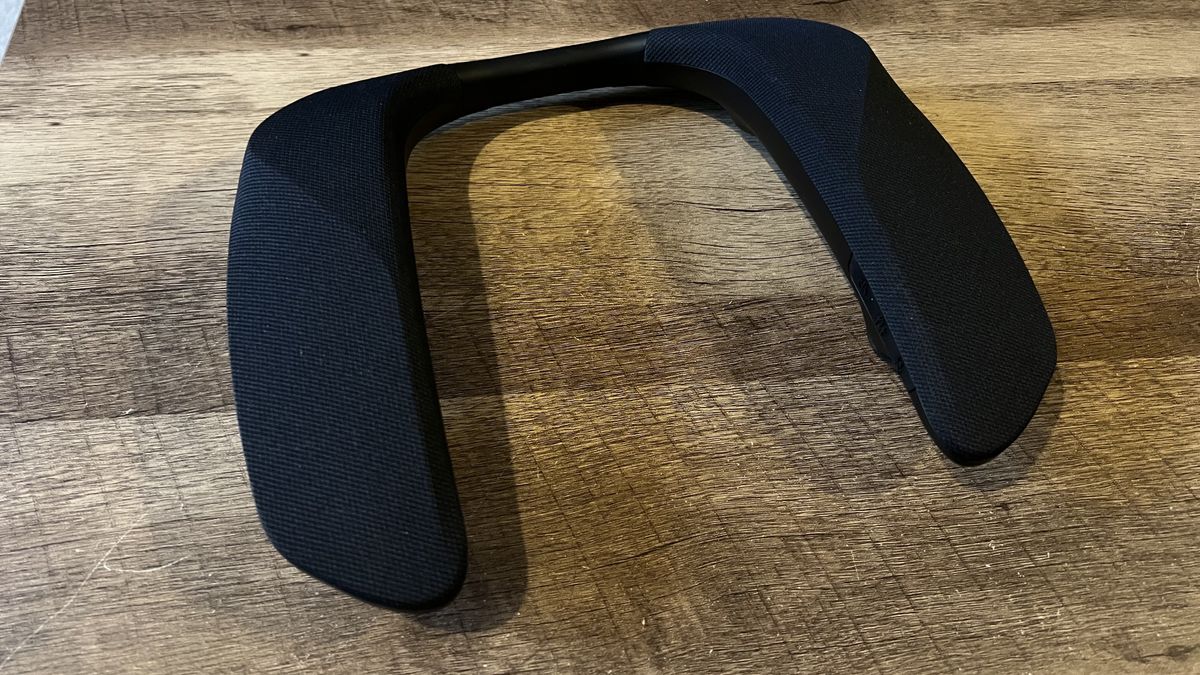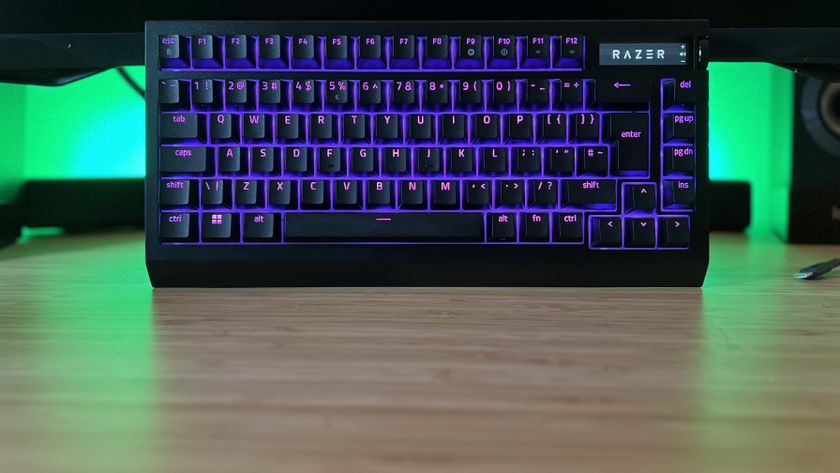12DOVE Verdict
The Panasonic Soundslayer Wireless has plenty of tricks up its sleeve, but ultimately falls short of replacing a dedicated gaming headset. The open environment, comfortable form factor, and solid surround sound effects shouldn't be diminished, but at $300 it's struggling to prove its gaming chops overall.
Pros
- +
More comfortable for ears overall
- +
Nice surround sound effect
- +
Feels sturdy
- +
Mic noise cancellation is impressive
Cons
- -
No Bluetooth
- -
Some high volume distortion
- -
Heavier than the competition
- -
Less powerful audio than a headset
Why you can trust 12DOVE
Wireless neck speakers aren't new, but with both Sony and Bose failing to bring the airport pillow style design to the mainstream, Panasonic has stepped up to the plate. The Panasonic Soundslayer first made its debut in 2021, with a wired only model. This time, the electronics brand has thrown a 2.4GHz wireless transmitter in the box and cut the cord completely. The result is a certainly workable wireless speaker, but one that won't take over from the best gaming headsets any time soon.
| Price | $299 |
| Connection | 2.4Ghz |
| Drivers | 4x 38mm Full Range Cone |
| Microphone | 2 AI noise cancelling |
| ANC | N/A |
| Controls | Mic mute, volume scroll, preset toggle, power |
| Battery | 9 hours |
| Weight | 403g |
| Compatibility | PC, PlayStation, Nintendo Switch (docked) |
Design
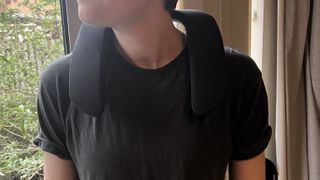
The Panasonic Soundslayer is a larger device compared to Sony's NS7 Wireless model, and clocks in at a heavier 403g (versus 319g). In practice, that additional weight does make itself known during longer sessions - though it took me around five hours of gameplay for my neck to need a break, and it's taken far less time for my ears to need a headset breather. Of course, that's the main benefit built into the very fabric of the Soundslayer - there's nothing on your ears.
Headset design has come a long way, but no matter how much padding you add to your cushions and no matter how breathable the fabric you're never going to get away from the fact that your ears are encased. If you wear glasses or you're particularly sensitive to this pressure, that can get old really fast. The Soundslayer was a welcome departure from this claustrophobic feeling and came with the added benefit that I was still aware of my surroundings while listening to music or playing.
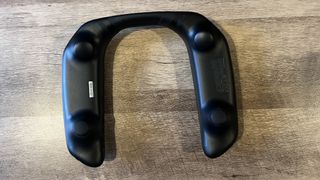
The main device is constructed of a solid plastic, with a rubberized band holding the two speaker sides together and sitting on the back of the neck. The flexibility of this band meant I was able to get a comfortable fit immediately after donning the device, and the rubber feet under each side keeps the pressure off your chest as well.
Two LED lights display the system's current battery or connection status at the bottom of each side, lit underneath the mesh fabric speaker cover. Meanwhile, you'll find main controls on the left side, with tactile rubber icons allowing for quick and easy presses during gameplay. The volume scroller housed underneath the same side is a little trickier to find with the left hand, so I found it easier to reach across with the right for adjustments.
Overall, everything looks and feels well put together. The rubber panels lining the control buttons does make the experience feel a little cheaper than the $300 you're paying, but they're well sized and don't show any signs of wearing away.
Features
The speaker setup in the Panasonic Soundslayer Wireless is impressive. You've got four 38mm speakers positioned in a square around the head to provide a particularly convincing surround sound effect. That sound can be fine tuned across six different profiles, for music, movies, RPGs, FPS, and dedicated profiles for mic usage and stereo sound. You can also create your own EQ presets within the device's PC software. In everyday practice, though, I didn't notice too much difference between these modes - for reasons we'll get into later on.
The Soundslayer needs a full wireless transmitter box to speak to your PC or console, running off a spare USB-A port. That does, however, give you the opportunity to plug in a separate subwoofer for extra power. I jacked it up to my Logitech sub, and while it was initially a little disconcerting due to the different locations of various sounds, it made for a more immersive experience overall.

That's the only connection you've got, though - there's no Bluetooth here. As far as I'm concerned that's a massive oversight. This isn't expensive tech we're talking about here - nearly everything has Bluetooth in it these days. Dropping the simple everyday connection means the Soundslayer isn't compatible with mobile devices, PC gaming handhelds, or the Nintendo Switch when not docked. Considering you're spending $300 on - let's face it - a bit of an experiment, that's going to hurt.
On the other hand you're getting a surprisingly sophisticated noise cancelling microphone setup here. While I did often run into problems where turning my head would cause my mic to drop, that's more of a testament to the power of the noise cancellation here. I was worried when I first booted up a work call. I have a one year old puppy who loves nothing more than to start shouting at the door as soon as he hears me log on to a meeting. Such ruckus was never picked up by the microphone, and didn't bleed into my own voice tests either.
Battery life is also solid. Panasonic estimates a 9 hour lifespan per charge, which I found to be accurate. Straight out of the box (and after a full charge) I was able to run the Soundslayer Wireless for around a day and a half of fairly heavy use before plugging in. That translated to around 10 hours in my testing, but I can assume that battery life will start to shift down over time.
Performance
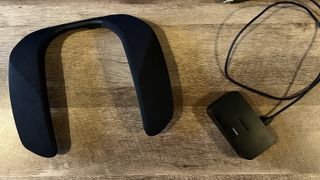
The audio coming out of the Panasonic Soundslayer Wireless isn't going to rival that of an equally priced gaming headset. Game and music audio was flat compared to the Logitech G Pro X2 which retails at a slightly lower $249, and lacked the spring of the marginally more expensive Turtle Beach Stealth Pro. Of course, both of these devices benefit from blaring their sound straight into your ear holes whereas the Soundslayer has a very different MO.
I was impressed by the volume levels on offer here - given the chance, this thing can easily fill a room - albeit with a little distortion in the lower and mid-ranges when whacked up to 11. Directional audio also felt particularly natural thanks to the built in surround speaker system. While the overall impact of sound effects like footsteps, explosions, and shots was lessened in CS:GO and Apex Legends, the directionality of these cues was spot on and the open air design placed them within my environment particularly well. It's a trade off for precision over robustness, but one some may choose in the right scenario.
That open design did lend itself well to open world games and their soundtracks as well. Skyrim's environmental world sounds shone through here, creating a bubble of audio around my head that felt open and free without losing its texture. Horizon Forbidden West generally poses a problem in this regard - I often find headsets struggle to keep up with heavier machine sounds when competing with more delicate open world effects. The case is the same here, though the extra space in the soundstage meant these whirrs and clunks weren't quite as overpowered as they often are in a closed back gaming headset.
I do have to mention that the first Panasonic Soundslayer Wireless I received suffered from some popping sounds in the left speaker. These were intermittent, and fixed with a replacement device sent by the brand, however they do call into question the reliability of that supply.
Should you buy the Panasonic Soundslayer Wireless?
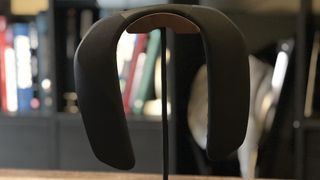
The Panasonic Soundslayer Wireless is a fun device, and one that certainly has its own benefits. If you're tired of feeling your ears pinch under a heavy gaming headset, or you want to experience a more open soundstage without the wired connection necessary in an open back headset, it's a fantastic alternative. You're dropping some of the power of your sound by opting for a speaker design, but the comfort and breathability is unparalleled.
However, there's nothing in here to sway gamers who already get on with headsets away from them. At $299 this is a pricey investment, and if you don't mind getting your ears cozy it's not one I'd recommend making. The lack of Bluetooth is a serious flaw to consider not just for compatibility but for portability as well (the wireless transmitter isn't a tiny piece of kit), meanwhile the audio quality isn't going to compare with that of even a cheap gaming headset these days.
If you're already set on a wearable speaker, the Panasonic Soundslayer is well positioned in the market. Its $299 MSRP is often discounted down to $249 - $50 cheaper than the Sony NS7. While the larger form factor could lead to reduced comfort compared to Sony, this is a device designed far more for gaming rather than movies. Of course, Sony does include Bluetooth in its alternative which would be a consideration for anyone looking to play on a gaming phone or a gaming handheld.
| Specs | Panasonic Soundslayer Wireless | Logitech G Pro X2 | Sony NS7 |
|---|---|---|---|
| Price | $299 | $249.99 / £249.99 | $299.99 |
| Connection | 2.4Ghz | 2.4GHz / Bluetooth / Wired | WLA-NS7 wireless transmitter / Bluetooth |
| Drivers | 4x 38mm Full Range | Graphene 50mm | 2x 33mm Full Range |
| Microphone | 2 AI noise cancelling | Cardioid unidirectional | Single built in |
| ANC | N/A | None | N/A |
| Controls | Mic mute, volume scroll, preset toggle, power | Mic mute, volume, power, Bluetooth | Mic mute, power, Bluetooth, volume, playback |
| Battery | 9 hours | 50 hours | 12 hours |
| Weight | 403g | 345g | 318g |
| Compatibility | PC, PlayStation, Nintendo Switch (docked) | PC, PS5, PS4, Xbox (wired), Nintendo Switch, mobile | PC, PlayStation, Nintendo Switch, mobile |
How we tested the Panasonic Soundslayer Wireless
I used the Panasonic Soundslayer Wireless for three weeks in total, the first two weeks running on a device that eventually was replaced due to popping sounds, and the final week with a new unit after a short break. In that time, I used the speaker for work meetings alongside the Astro A50 X, and solely used the speaker for gameplay across Skyrim and Apex Legends. I also tested across Horizon Forbidden West and CS:GO. For more information on how we test gaming headsets, check out the full 12DOVE Hardware Policy.
We're also rounding up all the best wireless gaming headsets on the market right now, as well as the best PS5 headsets and the best Xbox Series X headsets as well.

Managing Editor of Hardware at 12DOVE, I originally landed in hardware at our sister site TechRadar before moving over to GamesRadar. In between, I've written for Tom’s Guide, Wireframe, The Indie Game Website and That Video Game Blog, covering everything from the PS5 launch to the Apple Pencil. Now, i'm focused on Nintendo Switch, gaming laptops (and the keyboards, headsets and mice that come with them), PS5, and trying to find the perfect projector.
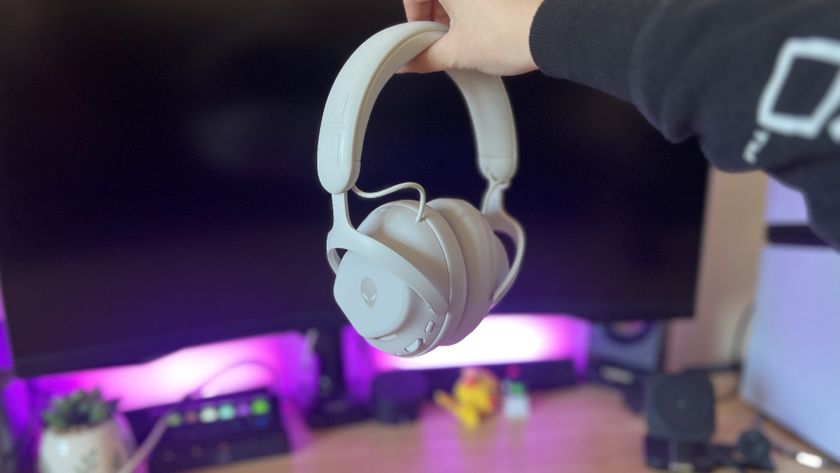
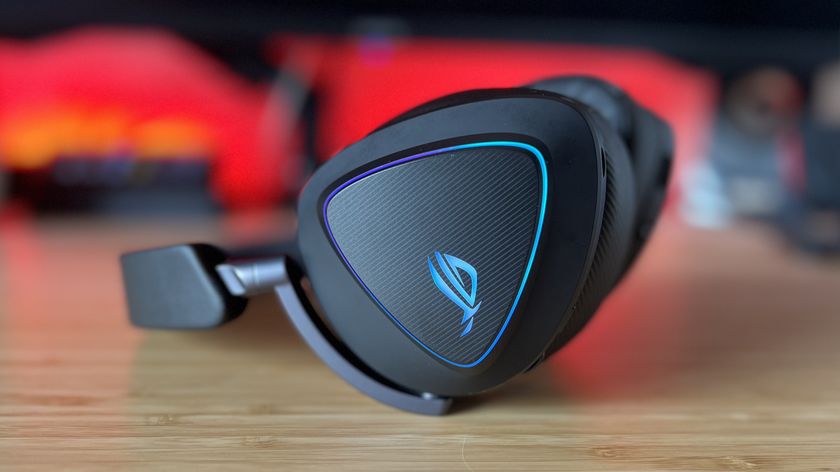
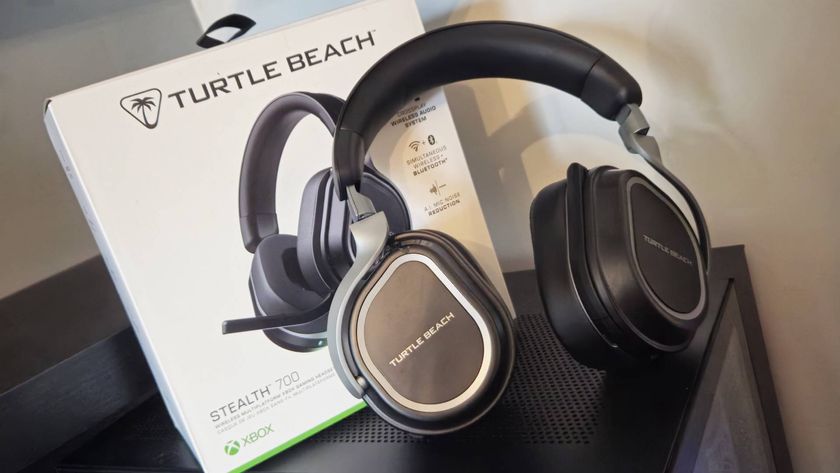
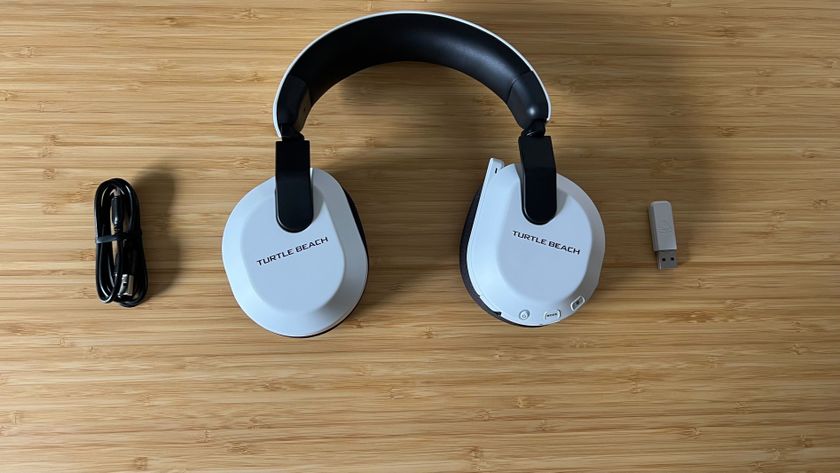
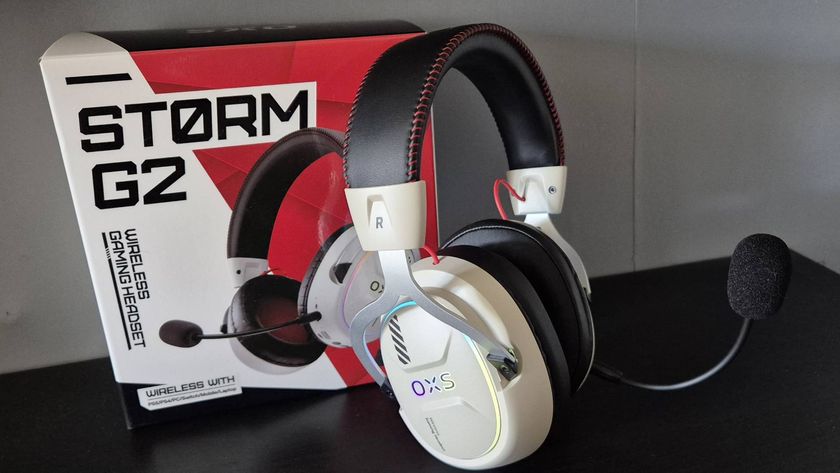

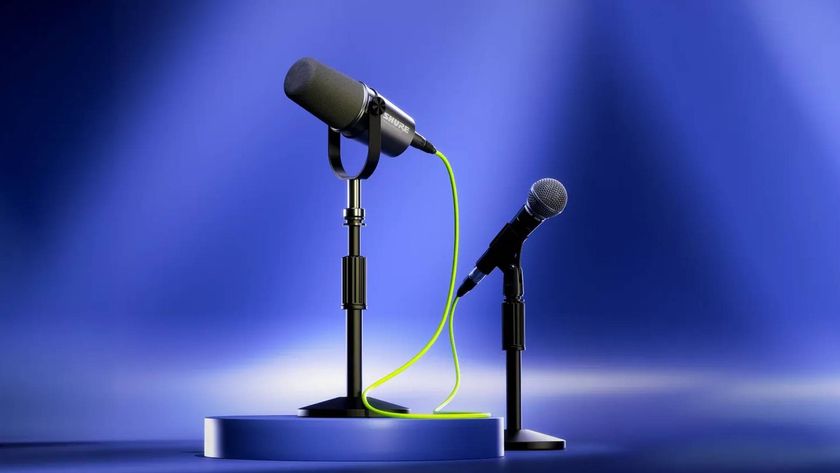
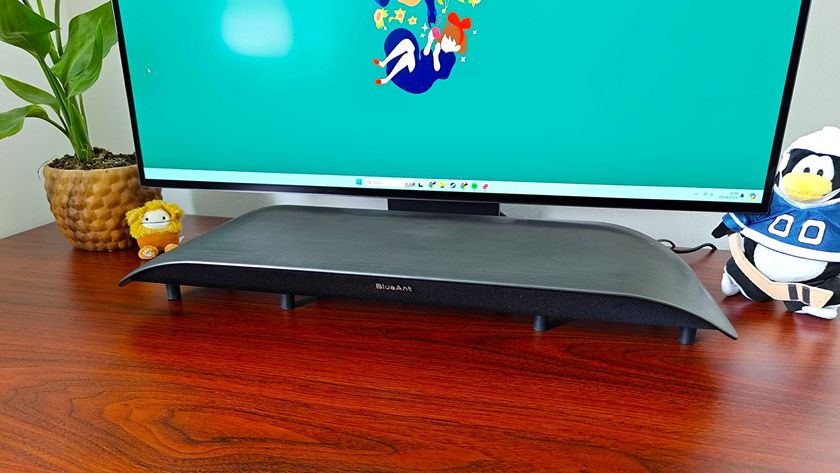
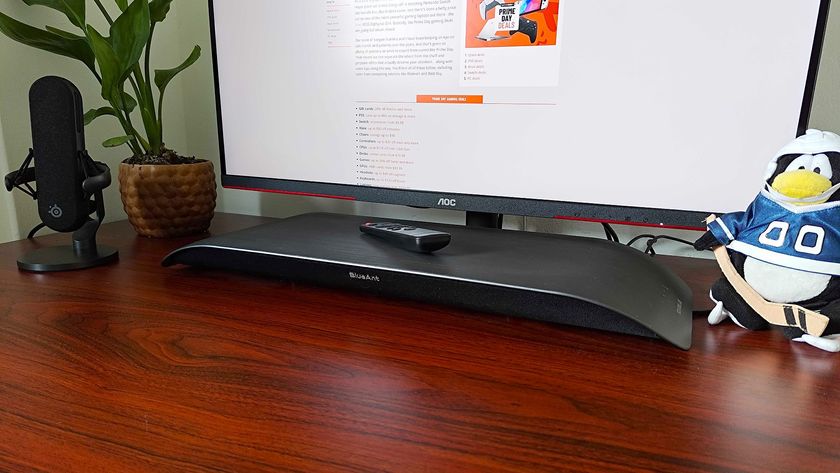
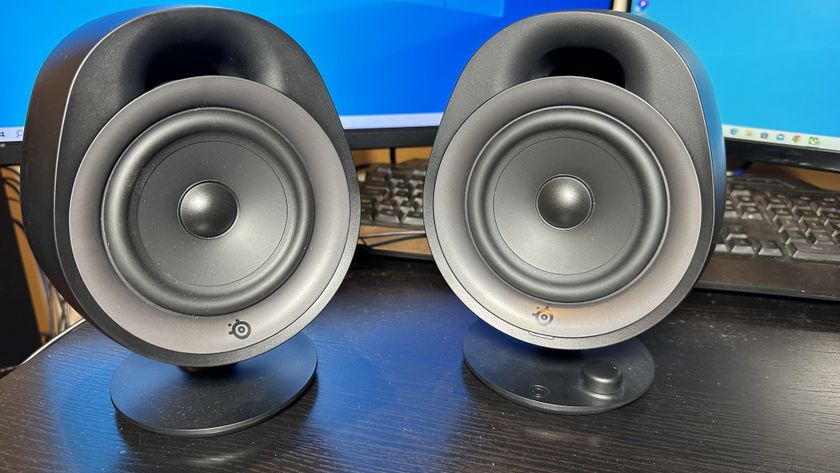
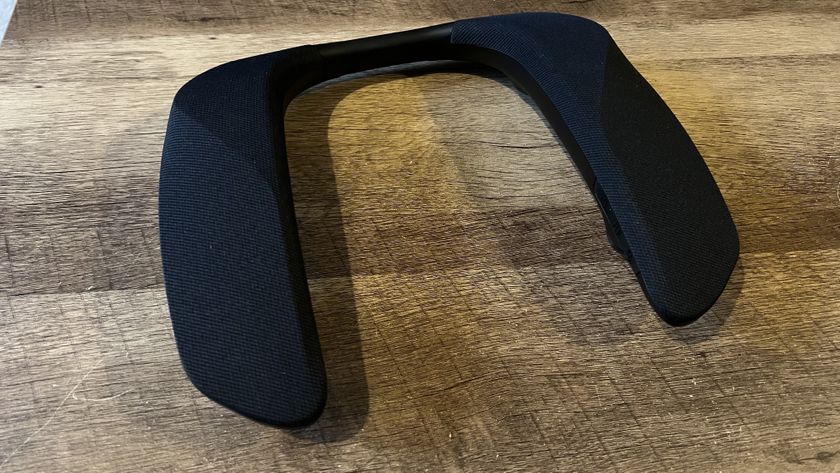
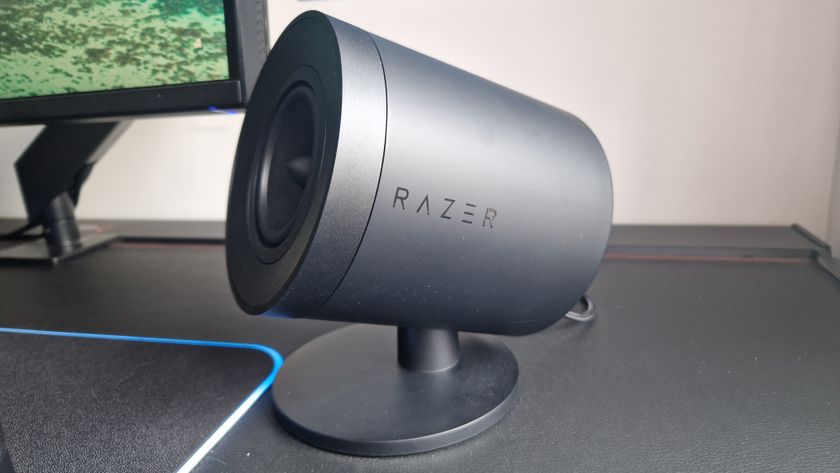







Ultimate X-Men #14 pays homage to a classic Wolverine moment as the Shadow King returns

The Last of Us showrunner says he isn't worried about fan reaction to season 2: "The best way we could respect our fans and honor them is to not worry about them"

The Last of Us season 2 showrunner talks new and even more terrifying types of infected with a big tease: "The Rat King is something that anybody who has played TLOU Part 2 is traumatized by"
